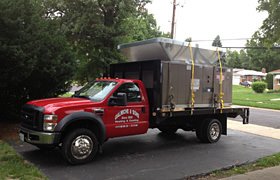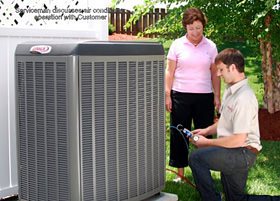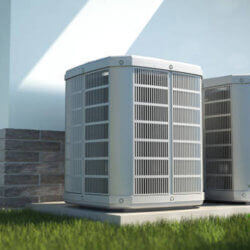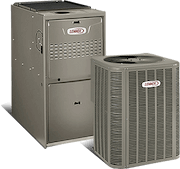
For as little attention we pay to our HVAC systems while they are working, we play even less attention to the individual components that make them up – such as the air filtration system. You may know the basics of how air filters work, but it may be to your benefit to learn a little more about exactly how air filtration systems function, so you can make educated choices when purchasing and installing new equipment and filters. This article aims to give you the basics on how air filtration systems work, and how they can keep you and your family healthy and protected from microorganisms and allergens in the air.
Why Are Air Filtration Systems Important?
Air filtration systems play a very important role when it comes to (1) indoor air quality and (2) energy consumption. However, these two things do not have to be mutually exclusive. There are many modern filter materials that provide excellent filtration of submicron particles that are responsible for respiratory and other health problems, while also creating low airflow resistance that translates into improved energy efficiency. So, when you are shopping for a new filter or air filtration system, remember that when it comes to efficiency and filtration quality, you do not have to sacrifice one for the other.
How Filters Work

In order for air filtration systems to actually capture the particles in the air, the particles must not only collide with the filter fibers, but also be trapped there so they cannot get back into the air. Here are the four ways that air filtration systems accomplish this.
Impingement – When air flows through an air filtration system, it changes direction to go around the filter fibers. Large, undesirable particles have too much inertia and continue their original path, causing them to get caught in the filter.
Interception – When a particle follows the stream of air around a filter and makes contact with the fibers. If the attraction between the fibers and the particle is sufficiently stronger than the airflow, then particle becomes lodged. The closer the size of the particle and fiber are to each other, the better interception works.
Diffusion – While air is passing through an air filtration system, tiny particles take an erratic path as they move from areas of high concentration. This is called the Brownian Motion, and increases chances that the tiny particles will make contact with the filter fibers. This works best with lower air velocities and very fine filter fibers.
Straining – This is simply when the smallest dimension of a particle is greater than the distance of connecting filter fibers. Therefore, the particles get caught in the filter.
Call the Air Filtration Systems Experts at Gamiche in St. Louis to Learn More
If you are concerned with improving the indoor air quality of your home or business, contact the air filtration systems experts at Galmiche & Sons Heating & Cooling. Our heating & air conditioning professionals are ready to answer any questions you have about air filtration systems and HVAC systems in general.









